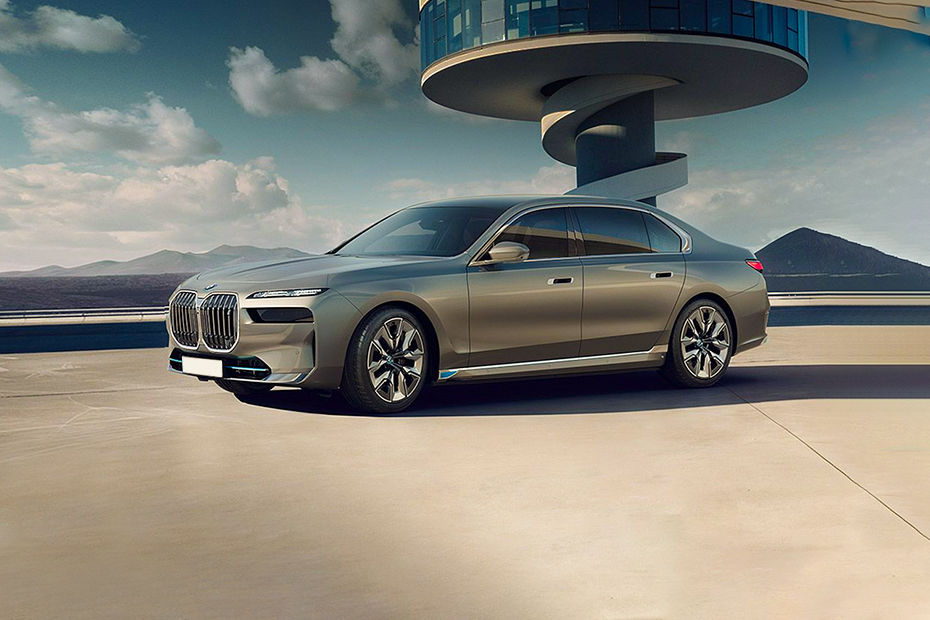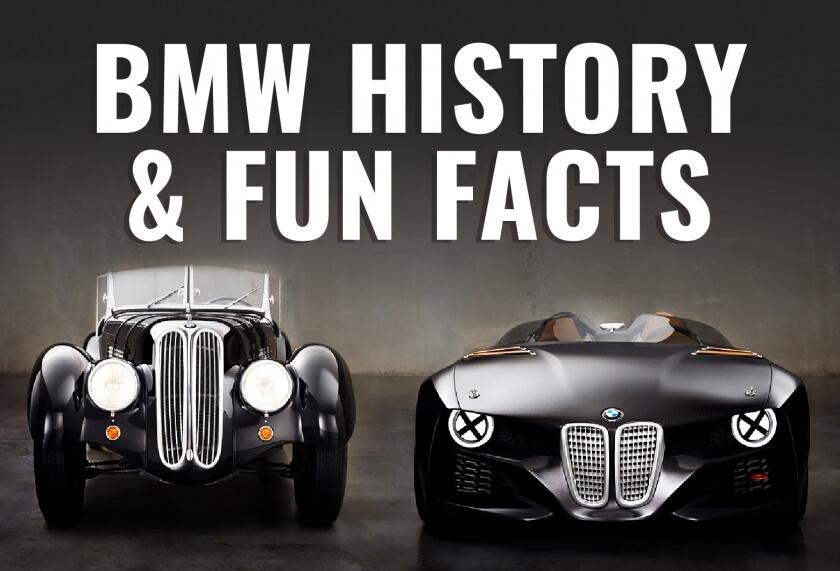Synonymous with luxury, performance, and innovation, BMW has cemented its status as a global icon in the automotive world. From its humble beginnings to becoming a symbol of German engineering excellence, the history of BMW is a tale of innovation, resilience, and a commitment to pushing the boundaries of automotive technology. In this article, we take a journey through the captivating history of BMW.

Early Foundations and Aircraft Engines
Bayerische Motoren Werke (BMW) was founded in 1916 in Munich, Germany, initially focusing on aircraft engine production during World War I. Its early successes in engine design laid the foundation for the precision engineering that would later define its automobiles.
Entering the Automotive Scene
After World War I, BMW shifted its focus to the automobile industry. In the 1920s, it produced its first motorcycle, the R32, which set a standard for quality and performance. By the late 1920s, BMW unveiled its first car, the Dixi, based on the British Austin 7, marking the company’s entry into the automotive scene.
The Birth of the Iconic Kidney Grille
The 1930s saw the emergence of BMW’s iconic kidney grille design, which has become a hallmark of the brand’s identity. This design element continues to evolve in modern BMW vehicles, maintaining a link to the company’s heritage.
Championing Performance: The BMW 328

The 1930s also saw BMW’s engineering prowess showcased in the BMW 328, a sports car that achieved numerous victories in motorsports. The 328’s lightweight design and advanced engineering established BMW’s reputation for producing high-performance vehicles.
Post-War Challenges and Resurgence
The aftermath of World War II presented challenges for BMW, as the company had to cease production of automobiles and was barred from making aircraft engines. In the 1950s, BMW shifted its focus to motorcycles, producing the iconic BMW R69.
The “New Class” and the 2002 Turbo
In the 1960s, BMW introduced the “New Class” line of compact sedans, which revitalized the brand’s image and set the stage for future success. The 2002 model, particularly the 2002 Turbo, is remembered for its role in introducing turbocharging to production cars.

The Birth of the M Division and the M1 Supercar
The 1970s marked the establishment of BMW’s Motorsport division, known as the M Division. This division was responsible for creating high-performance variants of existing models. Additionally, BMW introduced the M1 supercar, demonstrating its capability to compete with the world’s best sports cars.
Expansion and Modernization
Throughout the 1980s and 1990s, BMW expanded its model lineup and embraced technological advancements. The introduction of the “3 Series” and “5 Series” solidified BMW’s reputation for producing sporty and luxurious sedans. The company also ventured into SUVs with the launch of the BMW X5.
The 21st Century and Electric Innovation
In recent years, BMW has embraced sustainability and electric mobility. The BMW i3 and i8 introduced the world to BMW’s electrified future, while the ongoing development of the BMW iX and i4 showcases the brand’s commitment to sustainable innovation.

Here are some fun facts about BMW:
- Art Car Gallery: BMW has a unique tradition of collaborating with renowned artists to create “Art Cars.” These cars are transformed into stunning pieces of mobile art, and artists like Andy Warhol, Roy Lichtenstein, and Jeff Koons have all contributed to this gallery on wheels.
- Helicopter Engines: Before becoming a prominent automobile manufacturer, BMW started by producing aircraft engines. In fact, their logo, with the blue and white sections, is said to depict a spinning aircraft propeller against the sky.
- Hidden M: BMW M cars are known for their high-performance capabilities. But did you know that some regular BMW models also have subtle references to the M division? For instance, if you look closely at the tachometer in certain BMW models, you might spot the word “M” subtly integrated into the design.
- X5’s Hollywood Debut: The BMW X5, the company’s first Sports Activity Vehicle (SAV), made its cinematic debut in the action-packed film “Mission: Impossible II.” Its off-road capabilities and luxurious design were put to good use in the movie’s thrilling sequences.
- Smell the Luxury: BMW’s attention to detail even extends to the scent of their vehicles. They offer a range of “BMW Natural Air” fragrances for their cars, so drivers can enjoy a variety of scents while cruising.
- Birth of the ‘Ultimate Driving Machine’: The famous tagline “The Ultimate Driving Machine” was introduced in 1974 as part of BMW’s marketing campaign in the United States. It has since become synonymous with the brand’s focus on performance and driving pleasure.
- Eco-Friendly Manufacturing: BMW is committed to sustainability. The company’s Spartanburg plant in South Carolina, where BMW SUVs are manufactured, boasts the largest solar energy installation in the state. It covers around 11 football fields and produces a significant portion of the plant’s energy needs.
- Secret Message in the New X5: When BMW unveiled the new X5, they included a secret message in the headlights. If you look closely, you can see the words “BMW” and “X5” formed by the LED lights.
- BMW Films: Back in 2001, BMW produced a series of short films called “The Hire” featuring Clive Owen as “The Driver.” Directed by acclaimed filmmakers like Ang Lee and Guy Ritchie, these films showcased both BMW cars and storytelling prowess.
- Engine Naming Tradition: BMW has a unique way of naming their engines. For instance, the BMW 3.0-liter inline-six engine is often referred to as the “N55” or the “B58,” where “N” stands for “inline” and “B” stands for “modular.”
These fun facts provide a glimpse into the intriguing and sometimes unexpected aspects of BMW’s history and brand identity.
Here are some of the top selling BMW cars

- BMW 3 Series: The BMW 3 Series has consistently been one of the brand’s best-selling models worldwide. It’s known for its blend of performance, comfort, and practicality, making it a popular choice among luxury compact sedans.
- BMW X3: The BMW X3 is a compact luxury SUV that has gained significant popularity for its versatility, premium features, and comfortable driving experience. The demand for SUVs in various markets has contributed to the X3’s strong sales.
- BMW 5 Series: The BMW 5 Series is a well-regarded midsize luxury sedan that offers a balance of luxury, performance, and advanced technology. It has a dedicated following and appeals to a wide range of customers.
- BMW X5: The BMW X5 is a larger luxury SUV that has been successful due to its spacious interior, strong performance options, and luxurious amenities. It was one of the early luxury SUVs and has maintained its popularity.
- BMW X1: The BMW X1 is a subcompact luxury SUV that offers a smaller and more affordable entry point into the BMW SUV lineup. Its compact size and practicality have made it a hit in many markets.
